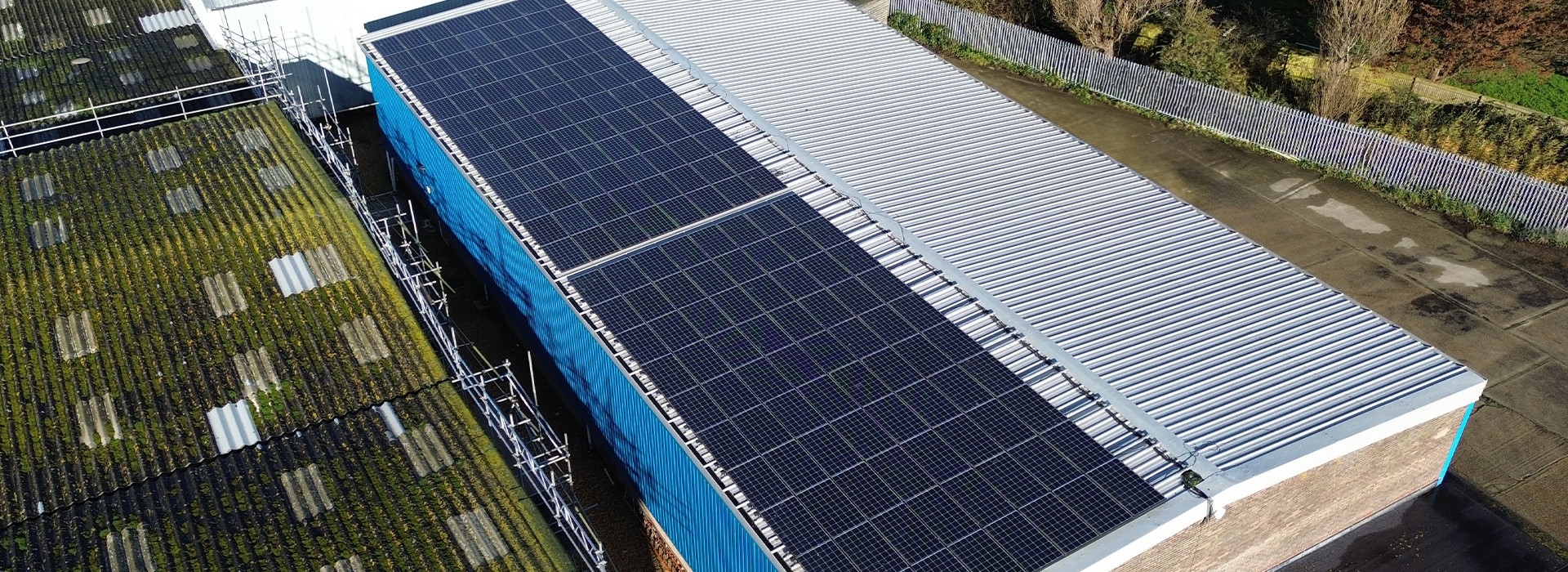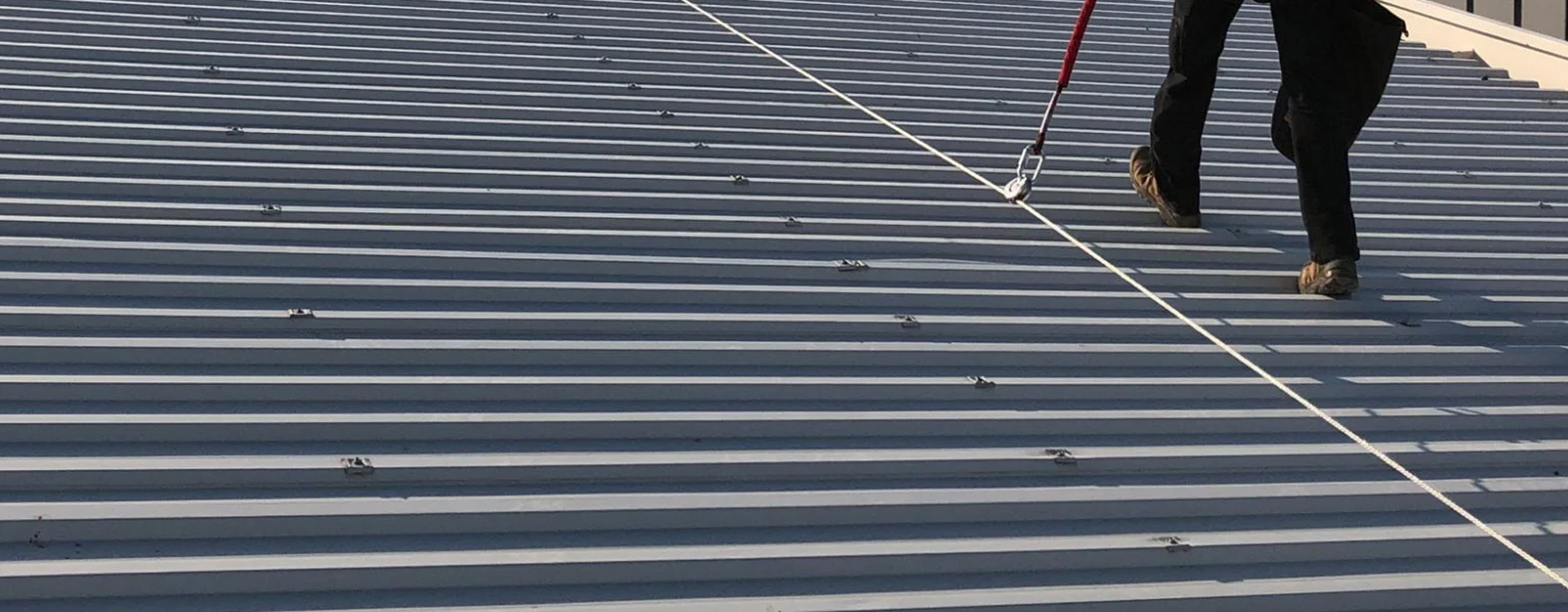Working on industrial and commercial roofs without proper fall protection is not only dangerous but can lead to severe injuries, fatalities, and costly legal and financial repercussions. Understanding the risks and the importance of temporary fall protection systems can save lives and ensure compliance with safety regulations.
The Hazards of Roof Work Without Fall Protection
Falls From Height
Falls remain the leading cause of fatalities in construction and industrial work. Even a fall from a single-story roof can result in severe injuries such as broken bones, spinal damage, or traumatic brain injuries.
Slippery Surfaces
Industrial roofs are often exposed to the elements, leading to wet, icy, or debris-covered surfaces. These conditions significantly increase the likelihood of slips and falls.
Unstable Roofing Materials
Some roofing materials, such as old metal sheets or weakened tiles, may not support the weight of a worker. A sudden collapse can result in a fall through the roof.
Unmarked Edges and Skylights
Edges and skylights often blend into the roof’s surface, making them easy to overlook. Without proper barriers, workers can accidentally step off the edge or through a fragile skylight.
Environmental Conditions
High winds, extreme temperatures, and poor visibility can impair a worker’s balance and decision-making, further increasing the risk of accidents.
Lack of Emergency Preparedness
In the absence of fall protection, a simple misstep can escalate into a major incident. Without safety measures, rescue operations become more complex and time-consuming.
Why Temporary Fall Protection Systems Are Essential
If you must work on a roof that doesn’t have permanent fall protection measures, a temporary system is critical. Here’s why:
Compliance With Regulations
Health and safety authorities, such as the Health and Safety Executive (HSE) in the UK, mandate fall protection measures for work at height. Non-compliance can result in fines, legal actions, and project shutdowns.
Enhanced Safety
Temporary systems like guardrails, safety nets, and personal fall arrest systems provide a secure environment, reducing the likelihood of accidents.
Cost-Effective Solution
Investing in a temporary system is far more economical than dealing with the financial and reputational costs of an accident.
Easy Installation and Removal
Modern temporary fall protection systems are designed for quick setup and takedown, ensuring minimal disruption to work schedules.
Improved Worker Confidence
When workers feel safe, they are more productive and less prone to errors caused by stress or fear of injury.
Types of Temporary Fall Protection Systems
Guardrails
Provide a physical barrier along roof edges to prevent falls.
Safety Nets
Installed below work areas to catch workers in case of a fall.
Personal Fall Arrest Systems
Include harnesses and lifelines that secure workers to anchor points, limiting fall distances.
Temporary Edge Protection Systems
Customisable solutions that adapt to various roof types and layouts.
Warning Line Systems
Visual markers to alert workers of unsafe areas near roof edges.
Conclusion
The hazards of working on industrial and commercial roofs without fall protection are far too significant to ignore. Implementing a temporary fall protection system not only ensures the safety of workers but also keeps projects compliant with regulations and safeguards businesses from potential liabilities. Prioritise safety because no job is worth a life.
If you’re unsure which temporary fall protection system suits your needs, consult a professional to assess your roof and recommend the best solution.



